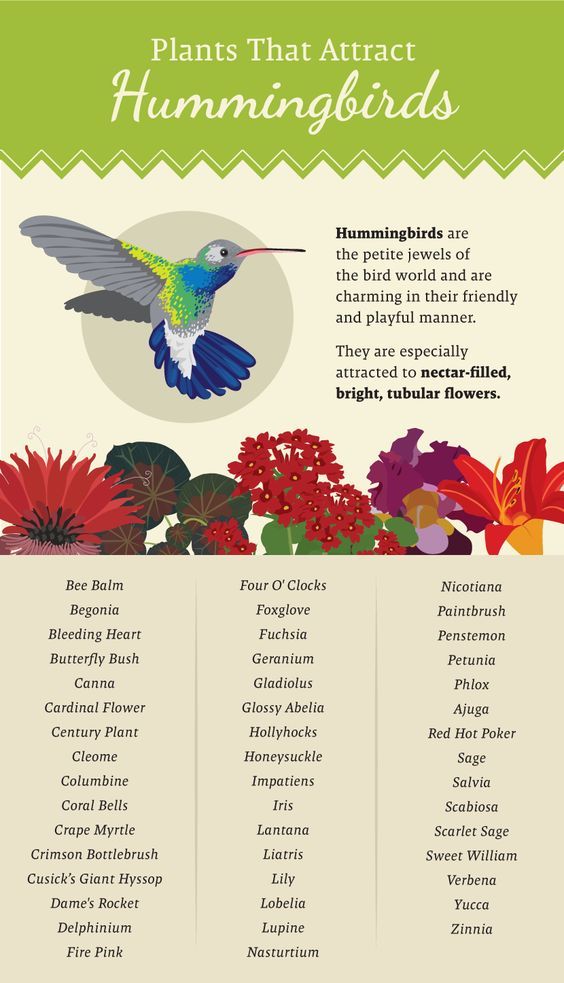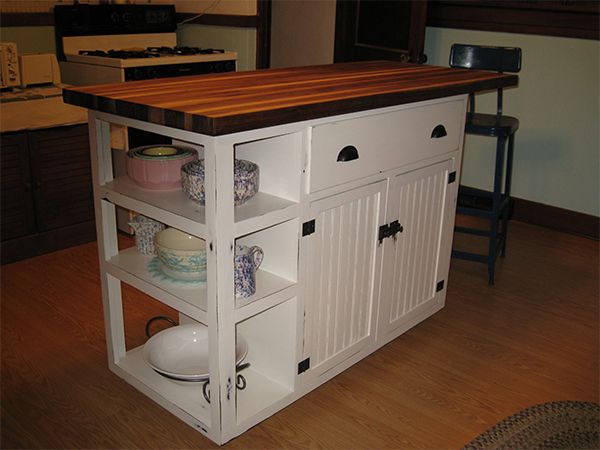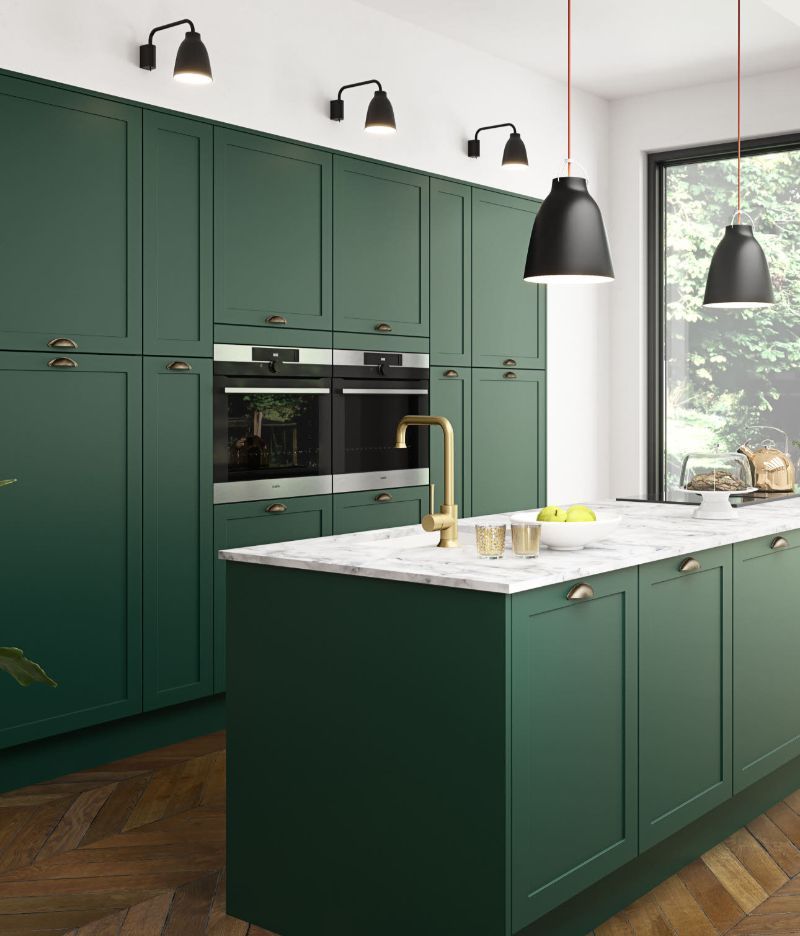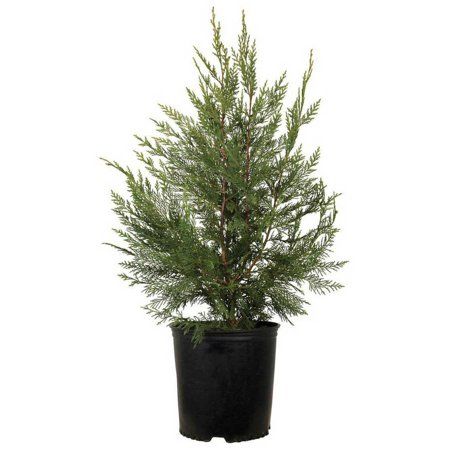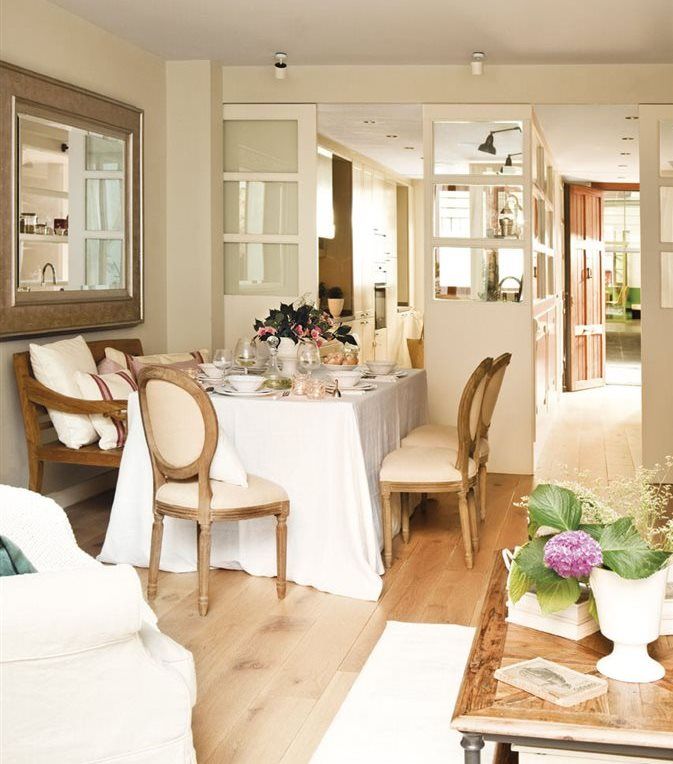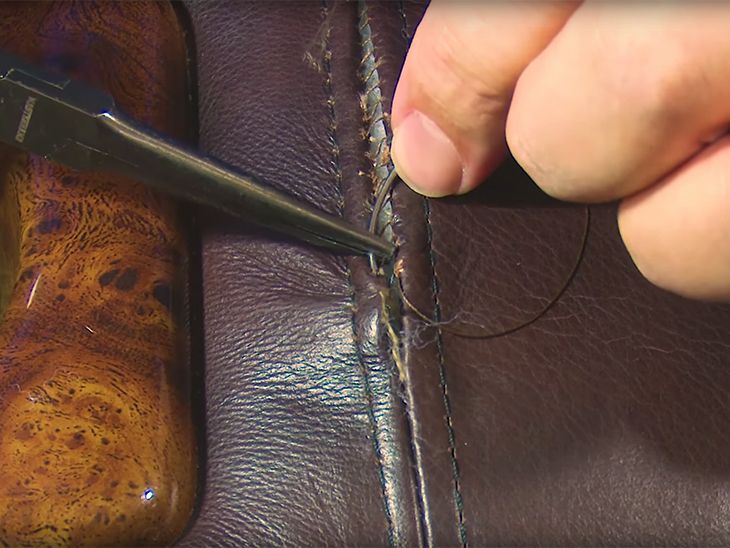How to attract butterflies into your garden
Attracting Butterflies
Brightly colored butterflies can be a welcome addition to your wildlife garden, not only because of their beauty, but also because of their usefulness in pollinating flowers.
Attracting butterflies involves incorporating plants that serve the needs of all life stages of the butterfly. The insects need places to lay eggs, food plants for their larvae (caterpillars), places to form chrysalides and nectar sources for adults.
When you create a pollinator garden and certify it with National Wildlife Federation, it also counts towards the Million Pollinator Garden Challenge.
Butterfly Garden Necessities
- Plant native flowering plants - Because many butterflies and native flowering plants have co-evolved over time and depend on each other for survival and reproduction, it is particularly important to install native flowering plants local to your geographic area. Native plants provide butterflies with the nectar or foliage they need as adults and caterpillars.
Get native plants shipped directly to you. Plant collections are backed by science to help the highest number of declining wildlife species. NOW AVAILABLE for 36 states with free shipping.
- Plant type and color is important - Adult butterflies are attracted to red, yellow, orange, pink and purple blossoms that are flat-topped or clustered and have short flower tubes.
- Plant good nectar sources in the sun - Your key butterfly nectar source plants should receive full sun from mid-morning to mid-afternoon. Butterfly adults generally feed only in the sun. If sun is limited in your landscape, try adding butterfly nectar sources to the vegetable garden.
- Plant for continuous bloom - Butterflies need nectar throughout the adult phase of their life span. Try to plant so that when one plant stops blooming, another begins.
- Say no to insecticides - Insecticides such as malathion, Sevin, and diazinon are marketed to kill insects.
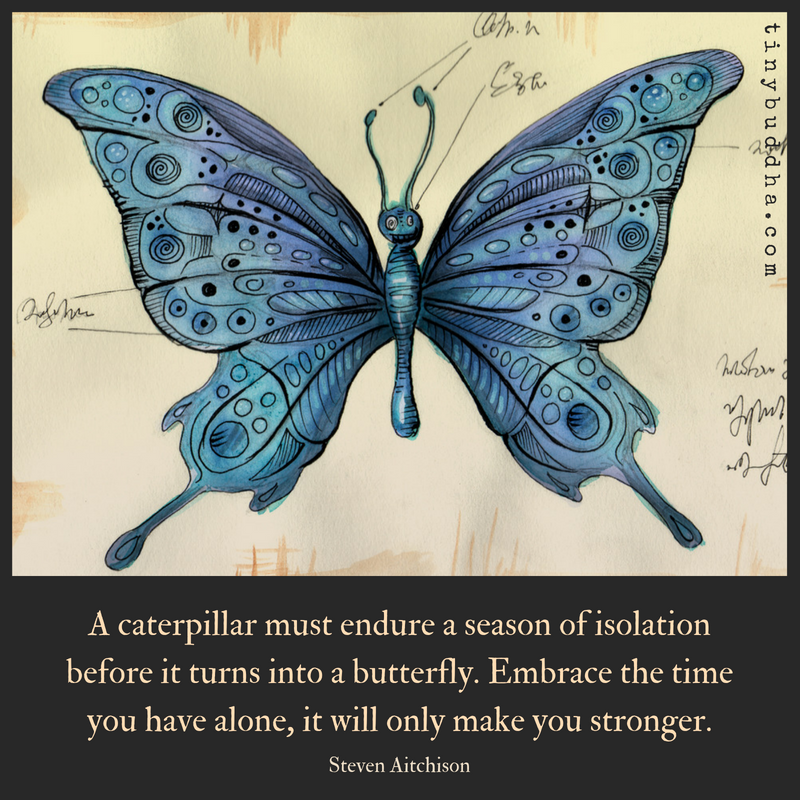 Don't use these materials in or near the butterfly garden or better, anywhere on your property. Even "benign" insecticides, such as Bacillus thuringiensis, are lethal to butterflies (while caterpillars).
Don't use these materials in or near the butterfly garden or better, anywhere on your property. Even "benign" insecticides, such as Bacillus thuringiensis, are lethal to butterflies (while caterpillars). - Feed butterfly caterpillars - If you don't "grow" caterpillars, there will be no adults. Bringing caterpillar foods into your garden can greatly increase your chances of attracting unusual and uncommon butterflies, while giving you yet another reason to plant an increasing variety of native plants. In many cases, caterpillars of a species feed on only a very limited variety of plants. Most butterfly caterpillars never cause the leaf damage we associate with some moth caterpillars such as bagworms, tent caterpillars, or gypsy moths.
- Provide a place for butterflies to rest - Butterflies need sun for orientation and to warm their wings for flight. Place flat stones in your garden to provide space for butterflies to rest and bask in the sun.

- Give them a place for puddling - Butterflies often congregate on wet sand and mud to partake in "puddling," drinking water and extracting minerals from damp puddles. Place coarse sand in a shallow pan and then insert the pan in the soil of your habitat. Make sure to keep the sand moist.
Common Butterflies and the Plants Their Caterpillars Eat
- Acmon Blue - buckwheat, lupines, milkvetch
- American Painted Lady - cudweed, everlast
- Baird's Swallowtail - dragon sagebrush
- Black Swallowtail - parsley, dill, fennel, common rue
- Coral Hairstreak - wild black cherry, American and chickasaw plum, black chokeberry
- Dun Skipper - sedges, grasses including purpletop
- Eastern Tiger Swallowtail - wild black cherry, ash, tulip tree, willow, sweetbay, basswood
- Giant Swallowtail - prickly ash, citrus, common rue, hoptree, gas plant, torchwood
- Gray Comma - gooseberry, azalea, elm
- Great Purple Hairstreak - mistletoe
- Gulf Fritillary - maypops, other passion vines
- Henry's Elfin - redbud, dahoon and yaupon hollies, maple-leaved viburnum, blueberries
- Monarch - milkweeds
- Painted Lady (Cosmopolite) - thistles, mallows, nievitas, yellow fiddleneck
- Pygmy Blue - saltbush, lamb's quarters, pigweed
- Red Admiral/White Admiral - wild cherries, black oaks, aspens, yellow and black birch
- Silver-Spotted Skipper - locusts, wisteria, other legumes
- Spicebush Swallowtail - sassafras, spicebush
- Sulphurs - clover, peas, vetch, alfalfa, asters
- Variegated Fritillary - passion flower, maypop, violets, stonecrop, purslane
- Viceroy - willows, cottonwood, aspen
- Western Tailed Blue - vetches, milkvetches
- Western Tiger Swallowtail - willow, plum, alder, sycamore, hoptree, ash
- Woodland Skipper - grasses
- Zebra Swallowtail - pawpaw
Does your garden have all the elements to become a Certified Wildlife Habitat®? Certify today!
How to attract butterflies – how to make a butterfly garden
Knowing how to attract butterflies to your yard is one of the most important changes you can make to your garden.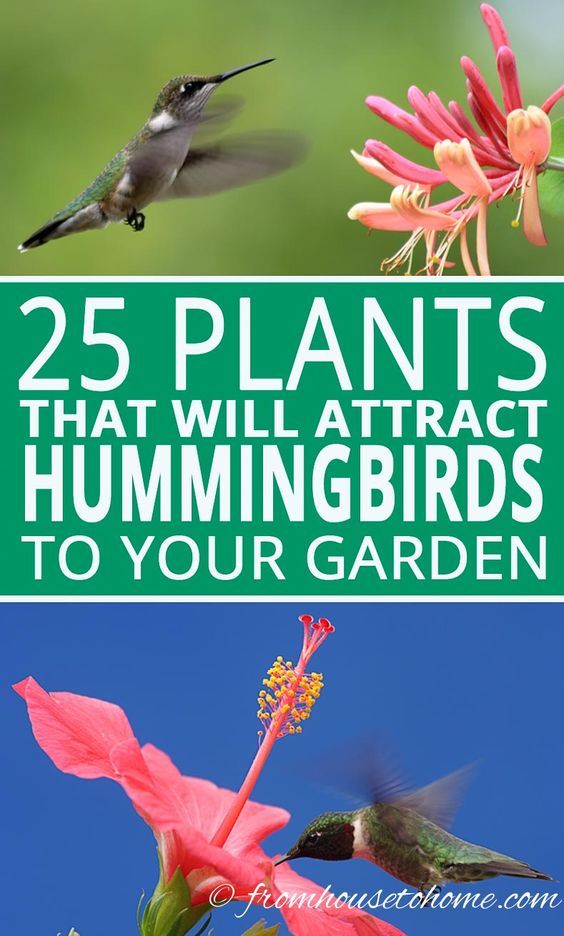 Considered a key indicator of a healthy environment, three-quarters of butterfly species are in decline and four species have already gone extinct, therefore it is clear there is much to be done.
Considered a key indicator of a healthy environment, three-quarters of butterfly species are in decline and four species have already gone extinct, therefore it is clear there is much to be done.
Cultivate a butterfly-friendly space with nectar-rich colorful flowers and wildlife garden ideas, and you will be able to enjoy spotting the likes of a Red Admiral, Peacock, Painted lady, Comma, Brimstone, Gatekeepper and Small Tortoiseshell butterflies dancing between the blooms.
There is no doubt that gardeners have an important role to play in supplementing nature by improving gardens so they are more supportive to valuable pollinators, including butterflies, bees, moths, wasps, hoverflies, beetles and many others.
How to attract butterflies
Our gardens are important corridors between natural habitats; a diverse, nectar-rich café allows butterflies and other insects to flit from flower to flower, pollinating and enabling seeds and fruit production.
Butterflies, once on the wing, cover larger areas than bees and get almost all of their food from nectar.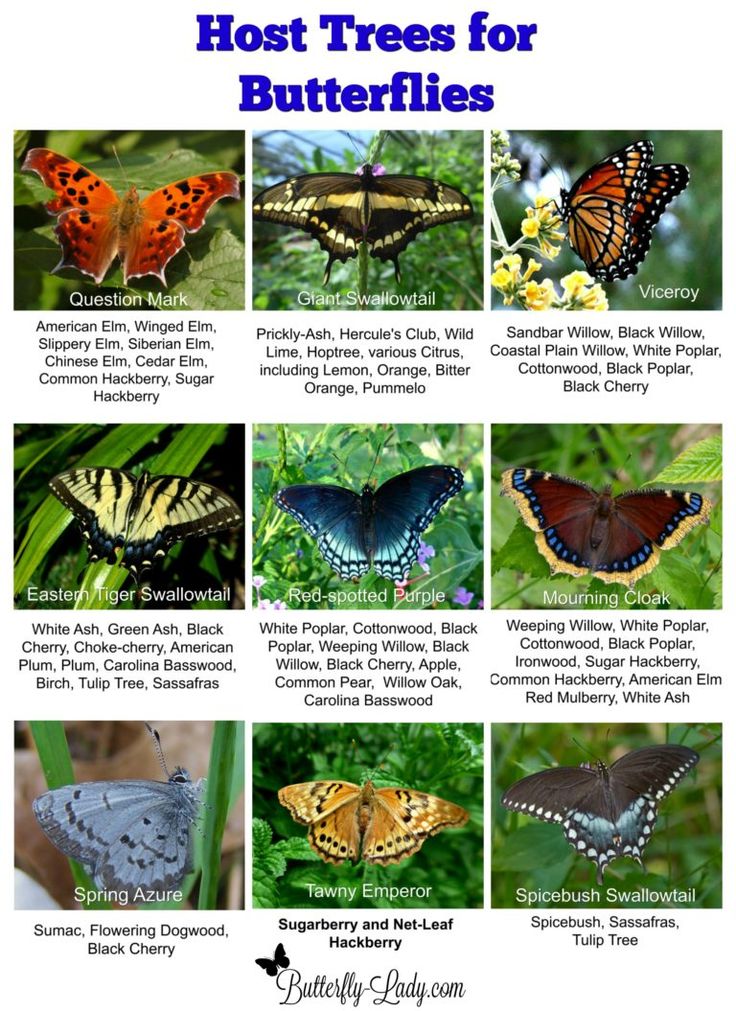 Pollen sticks to their bodies as they feed, so that they pass it from flower to flower, pollinating the plants, but unlike bees, they don't eat pollen.
Pollen sticks to their bodies as they feed, so that they pass it from flower to flower, pollinating the plants, but unlike bees, they don't eat pollen.
'A good pollinator garden needs to work a bit like a good supermarket – well stocked whenever you visit and with something for everyone,' says Helen Bostock, senior horticultural advisor at the RHS .
Knowing how to attract butterflies can make a big difference in the health of your garden. 'Anyone with a good range of flowering plants in their gardens is probably already doing pretty well at catering for pollinators, but we can make it even better by planning our planting scheme so there is something in flower in any given month,' she adds.
(Image credit: Getty Images)
Add a butterfly house
We're all familiar with the bug hotel and have seen plenty of bird box ideas, however, you might be less familiar with the butterfly box. This box is a great and easy way to learn how to attract butterflies to your garden.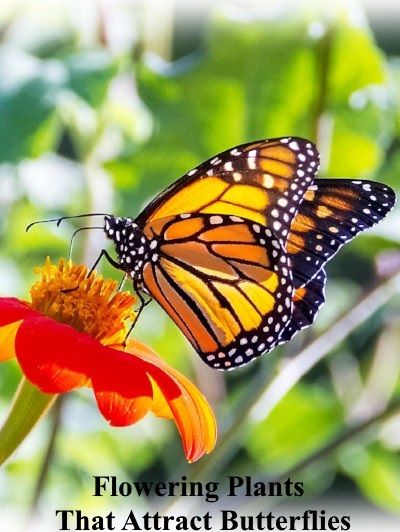 The butterfly box is similar to a traditional bird box in that it is a similar size and enclosed on all sides save for the entry and exit point. However, butterfly boxes have narrow slits in the front rather than a hole, supposedly to replicate the splits in a tree's bark. These slits help to protect the butterflies from predators and inclement weather.
The butterfly box is similar to a traditional bird box in that it is a similar size and enclosed on all sides save for the entry and exit point. However, butterfly boxes have narrow slits in the front rather than a hole, supposedly to replicate the splits in a tree's bark. These slits help to protect the butterflies from predators and inclement weather.
'Butterfly houses are essential for providing butterflies with somewhere safe to shelter, rest and hibernate,' says Sarah Hancocks, projects manager at Vivara .
(Image credit: Vivara)
'Place your butterfly house of choice in a sunny spot facing towards the south as this helps butterflies to warm up naturally. Hang it from approximately 1.5 metres and place it near nectar-rich flowers to attract them to the house. You can even make your butterfly house extra inviting by placing a few twigs upright inside the habitat to provide something for butterflies to cling to and rest.'
Adding a butterfly house is a great way to attract butterflies to your garden.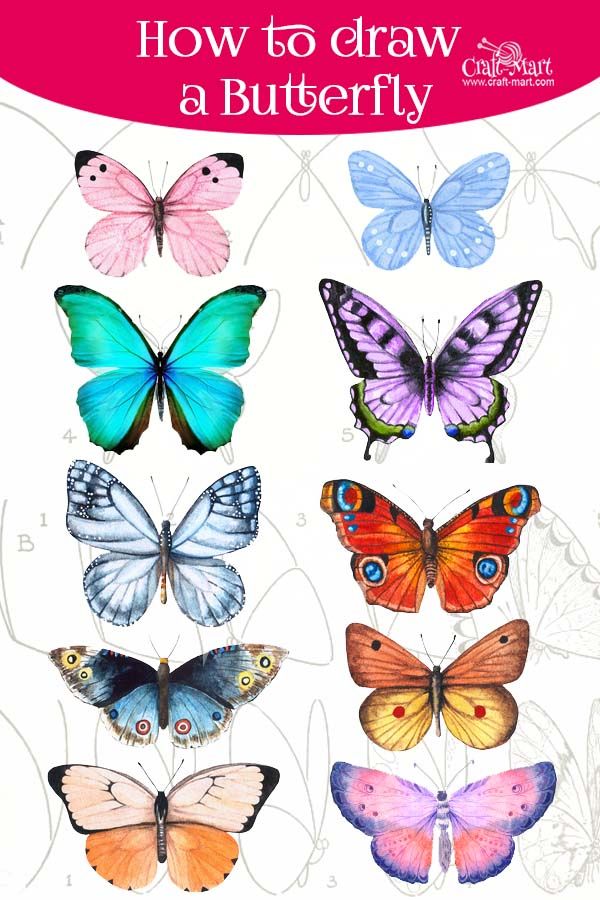 Consider incorporating a butterfly house when you learn how to make a bug hotel or install a ready-made design straight into your garden.
Consider incorporating a butterfly house when you learn how to make a bug hotel or install a ready-made design straight into your garden.
Plants that attract butterflies
(Image credit: Mick Lavelle)
When designing a garden for pollinators it is important to remember that different pollinators require different shapes of flowers and some will only visits to feed on particular blooms and plants.
In general, however, single, open flowers, such as old-fashioned cottage garden plants, are best to give easy access, and ideally planted in drifts and placed in a sunny, sheltered spot.
Pollinators don't like double, multi-petalled and highly hybridized flowers as they may lack pollen and nectar and be difficult to access.
'Years of selection for increasingly showy blooms has resulted in flowers losing their attraction to pollinators, but there are plenty of traditional, cottage garden plants which are tip-top as far as these insects are concerned,' explains plantswoman Sarah Raven .
You should also consider flowers that attract bees as there is a lot of overlap between the favorite plants of each species. Like bees, butterflies like to stick their long tongue into tubular flowers and take nectar from a variety of colorful blooms, both native and non-native. Some of their favorites to add to your flower bed ideas include:
- Red valerian
- Buddleia
- Honeysuckle
- Verbena bonariensis
- Lavender
- Wallflower
- Marjoram
- Loosestrife
- Echinacea
- Cornflower
- Hollyhock
- Knapweed.
When considering how to attract butterflies, it is important to ensure that you have lots of different flowers available for our winged friends.
'There are some flowers which are so deep that they are much more accessible to butterflies and moths with longer tongues, such as phlox and dianthus. It is a good idea to plant a range of plants with different shapes that flower through the year,' explains Anthony McCluskey, project officer from Butterfly Conservation .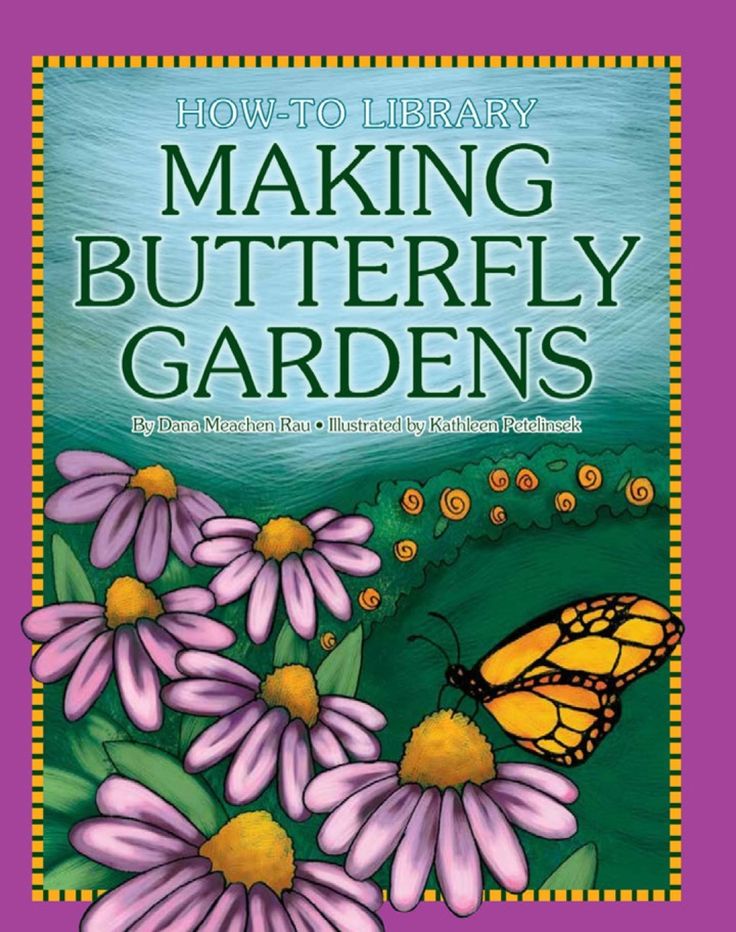
'Butterfly borders can provide lots of food for other types of insects, like bees and hoverflies, too, so they will go a long way to helping local populations of other pollinators,' he adds.
'Which flowers are the best for pollinators is an area of intense research, and it is important to take all lists with a pinch of salt as they are so selective, and can give the wrong impression that there are only a few good plants when in fact there are many,' says Sarah Raven. 'As a general rule, it is the blue, mauve and purple spectrum of plants, which are richest for nectar.'
'Scent is more important for moths which fly in the evening and night; certain flowers become more heavily scented at these times – such as honeysuckle, night- scented phlox, evening primrose and jasmine. Planting these will help feed insects working the night shift,' says Anthony.
Also plant for caterpillars
When it comes to spring, butterflies start to hunt for the perfect place to lay their eggs.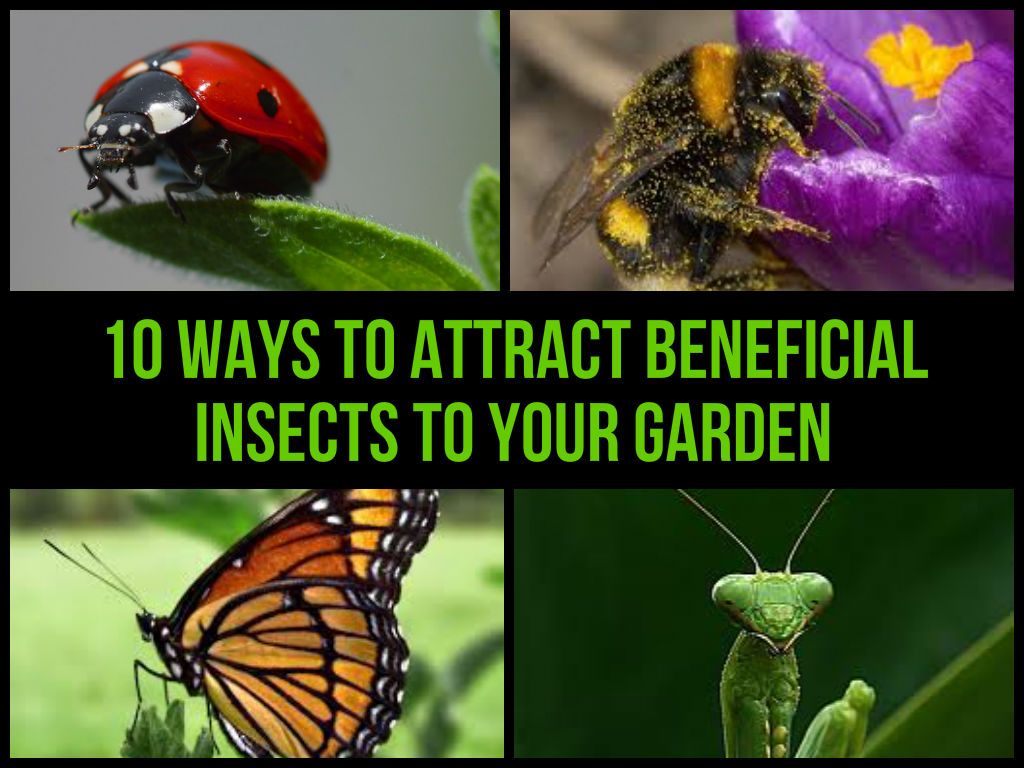 Having favourable habitats in your garden is a great way to attract butterflies.
Having favourable habitats in your garden is a great way to attract butterflies.
'Many adult moths and some butterflies can be catered for in gardens by providing plenty of plants for pollinators, while their caterpillars have more specific requirements. If you have space for a mixed grass meadow or a large patch of nettles in a sunny position you may be lucky and some species of butterfly may lay eggs,' recommends Dr Andrew Salisbury, Principal Entomologist with the RHS.
While many of us might view nettles as an unwanted and potentially dangerous weed, it is in fact a lifeline for many butterflies and moths. 'Without nettles the peacock, red admiral, and comma butterflies would only be occasional visitors in our gardens both in the UK and US,' explains experts at the Northumberland National Park .
Learn how to plant a wildflower meadow and consider not pulling out all the nettles you spot until after the caterpillars will have moved on.
(Image credit: Getty Images)
What can you put out to attract butterflies?
Although summer sees the highest number of insect pollinators, they are around through most of the year, so need reliable food sources each season.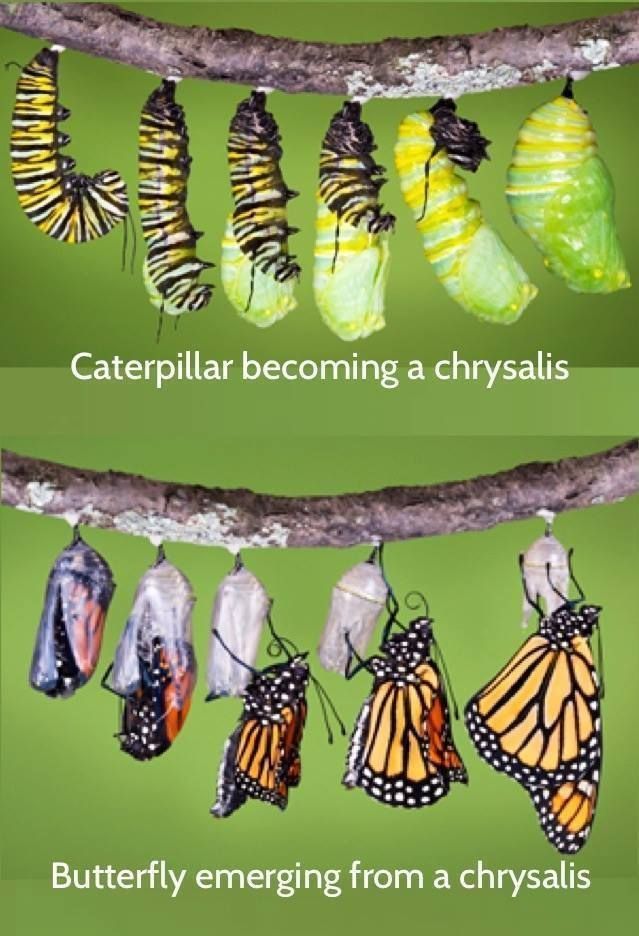
In winter: 'Butterflies and bees hibernate in winter, so don't need to forage when it is truly cold, but it is good to think of having a food source in your garden from March to November and at least a few winter-flowering plants that can be used by bees on some warmer, sunny days in spring and autumn,' explains Sarah Raven.
Sarah's choices from November to February include chaenomeles, Clematis cirrhosa, eranthis, or winter aconites, Lonicera x purpusii, winter-flowering mahonias, such as 'Charity', and Viburnum tinud.
In spring: Adding spring choices, such as primrose, bugle and forget-me-nots extends the supply of nectar.
In March, Sarah counsels to include crocus, Erica carnea, primrose and polyanthus, pulmonaria, rosemary, single snowdrops, violets and willow.
In autumn: Autumn options of aster, scabious and verbena, also extend the supply of nectar so valuable for providing butterflies with the energy to fly and mate.
Year round: Some perfect choices for a range of pollinators throughout the year include ornamental and fruit tree blossoms, primulas, violents, muscari, chives, geraniums, achillea, umbels, nepeta, salvias, Japanese anemones, autumn crocusesm rudbeckias, dahlias, hellebores and sarcococca.
Lavenders, particularly Lavandula x intermedia, attract a wide range of insects and, compared with borage, lots of butterflies and hoverflies as well as relatively more bumblebees to honeybees, advises Sarah.
'Flowering shrubs and trees are incredible pollen and nectar providers. Ivy, too, if given the chance to mature and flower, is a tremendous late source of nectar and pollen, supporting a huge range of flies, bees, wasps and other insects,' says Helen Bostock from the RHS.
And, while it may sound unconventional, you can also make a butterfly cocktail for wildlife from old beer and rum. Though this may sound unusual, the drink is loved by experts, and it's fun to make, too.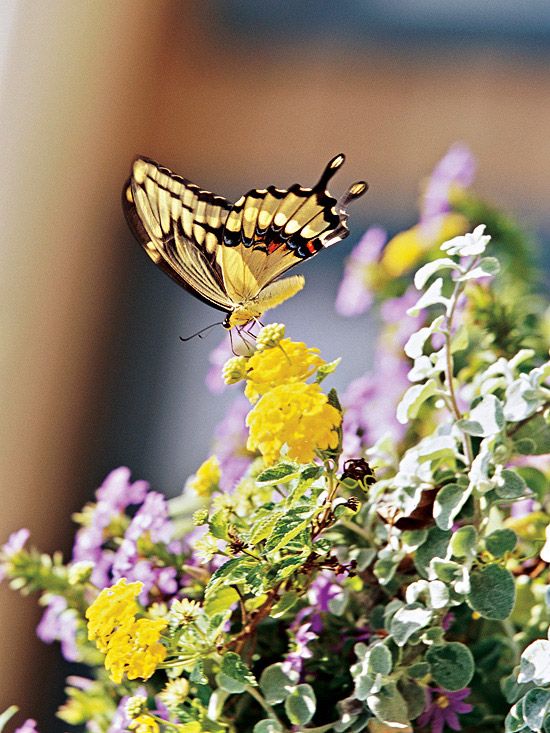
(Image credit: Photography / Sarah Davis / National Trust)
What to do if you see a tired butterfly?
Sometimes you might spot a tired looking butterfly lying on a path or patio. Flying is hard work, especially in the heat of the day. Thankfully, we can help them on their way. 'If you come across a butterfly who appears tired during the spring and summer, the best thing to do is to provide nectar-rich plants nearby to encourage it to refuel. If the butterfly doesn’t move onto the plant itself after a while, you can very gently move it to the flower to encourage it to feed. Ensure there is a butterfly house nearby as well so that it has somewhere safe to rest and recharge,' says Sarah Hancocks.
How do I attract butterflies?
The best way to attract and keep butterflies coming back, other than planting things butterflies love is to avoid using pesticides or herbicides, especially on flowers, as they can kill pollinators and also enter the food chain.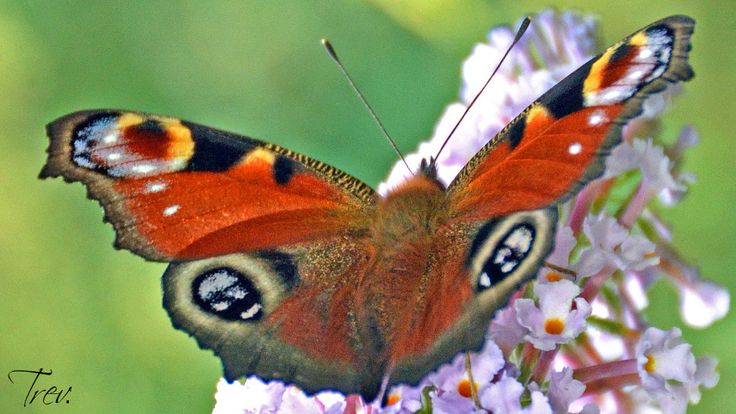 Rewilding and organic gardening without chemicals will help all butterflies and other insects in your garden, and also promote an increase in beneficial insects.
Rewilding and organic gardening without chemicals will help all butterflies and other insects in your garden, and also promote an increase in beneficial insects.
Think of the needs of butterflies and other pollinators through the different stages of their life and provide food, water and sheltered habitats:
- Let some areas of your garden be untidy – long grass, leaf piles and plant debris are more important hibernation habitats for many butterflies and moths;
- Do not mow areas of grass, or cut the lawn less often – dandelions and clover are a great source of nectar;
- Leave some weeds – many native weeds have evolved to fit with the breeding and feeding of native pollinators, giving shelter and safe nesting sites to lay their eggs;
- Make a stumpery or learn how to make a bug hotel in a quite corner of the garden;
- Give some thought to supplying larval food, often wild plants, as some pollinators need host plants to develop to adult stage, such as a patch of nettles for many varieties of moths and butterflies may not breed in our gardens, as we can't replicate the specific conditions in the wild, but our gardens are crucial to complement their native habitats and help maintain pollinator numbers.
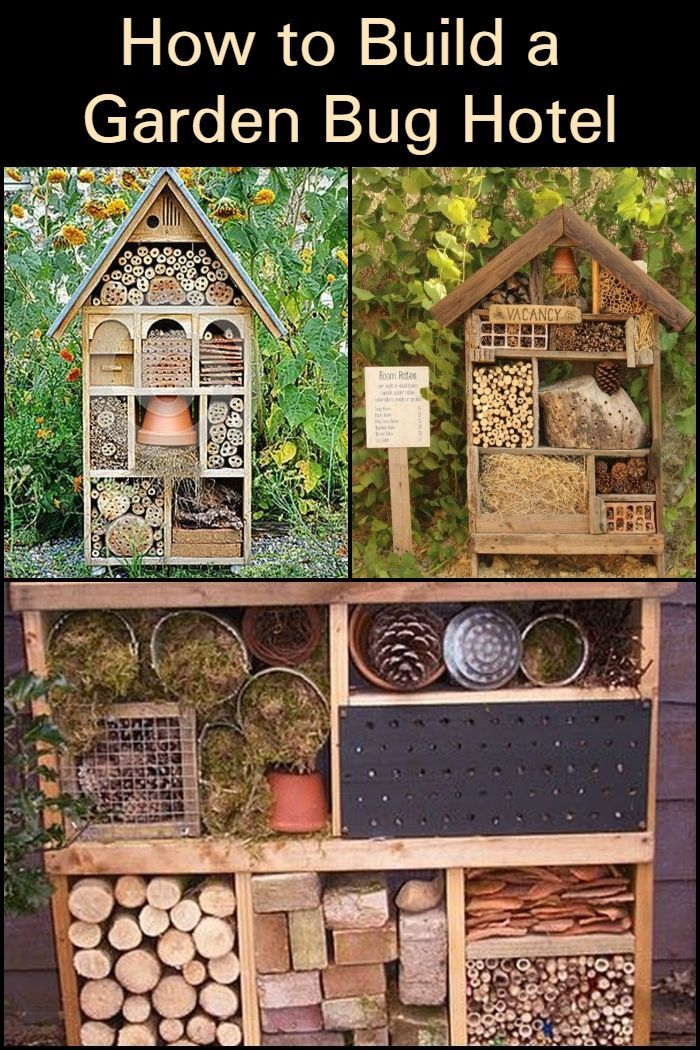
What color best attracts butterflies?
Pink, purple, mauve or blue colors best attract butterflies. This is because these colored flowers are those that produce the most nectar.
However, this is not a hard and fast rule. The colors preferred by butterflies can vary between the species, especially if they also lay their eggs on the flowers. 'Overall, though, there is no strong preference for flowers of any particular color, so any and all garden color schemes are useful for them,' adds Anthony McCluskey.
His top five plant choices include:
- Heather for the first butterflies in early spring;
- Nasturtium to feed caterpillars of white butterflies;
- Eupatorium for late summer;
- Thyme for pots and window boxes;
- Fruit trees with flowers for the butterflies;
- Leaves for moth caterpillars.
What do you put in a butterfly feeder?
The best things to put in butterfly feeders are probably things you already have at home. To start: if your butterfly feeder is in a color that attracts butterflies you will have a better chance that they will visit, so think pink, purple or blue – or other bright colors that mimic native flowers.
To start: if your butterfly feeder is in a color that attracts butterflies you will have a better chance that they will visit, so think pink, purple or blue – or other bright colors that mimic native flowers.
What to feed butterflies with? Butterflies love nectar, but in place of that, put out overripe, mashed fruit, such as bananas, pears, oranges, melons, plums, berries and pineapple. Add water to the mashed fruits to make them easier for the butterflies, or put out clean, fresh water daily in a shallow dish with pebbles in so that butterflies can drink safely.
(Image credit: Getty Images)
How to attract butterflies to the garden?
There are more than 20 thousand species of butterflies in the world, wherever you live in Russia, you can meet at least a hundred species not far from you. Do you want them to fly to your garden more often and delight with their beauty? How to create a butterfly garden.
Vera Ermakova
Pixabay
To arrange your own butterfly garden, you do not need a large area and any special devices: in fact, even on your own balcony you can place flowers in such a way that butterflies will become your regular guests.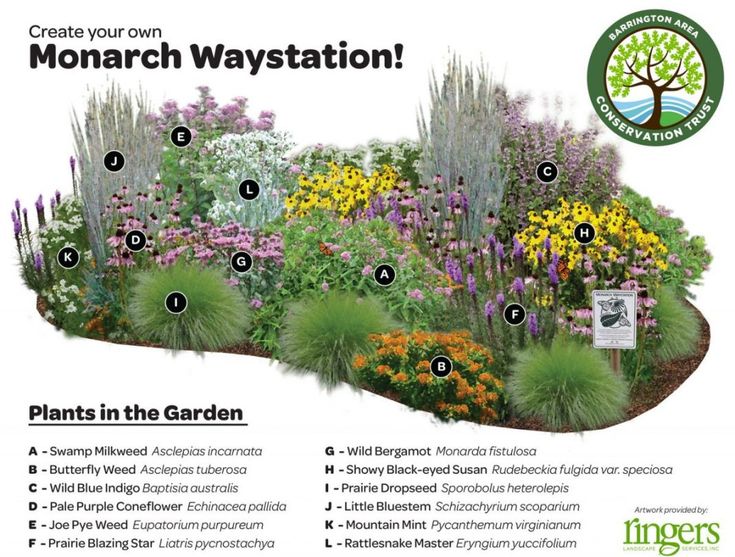 We tell you how to attract butterflies to your garden.
We tell you how to attract butterflies to your garden.
How do butterflies develop?
From the school biology course, we all remember that a butterfly goes through several stages in its life: an egg, a caterpillar, a chrysalis and, finally, a butterfly. Some species of butterflies prefer to lay their eggs only on the leaves of certain plants (for example, the monarch butterfly prefers euphorbia), while others do not care, as long as there are subsequently enough nutritious leaves for the hatched caterpillars.
Caterpillars, in turn, actively eat the leaves of the plants on which they live (and can severely damage them), and then build up a protective shell - a chrysalis. After about two weeks, a butterfly emerges from the chrysalis.
How to attract butterflies to your garden?
You will need flowers for adult butterflies and plants for caterpillars.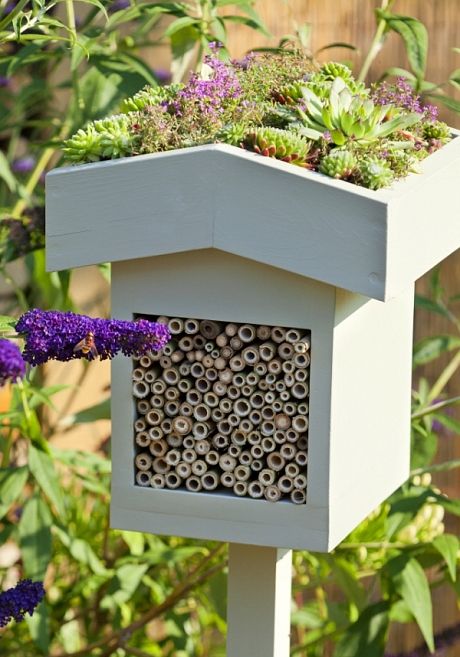 Try to choose places that get at least six hours of sun a day - most flowers need sunlight. If you want to watch butterflies for a long time, plant different flowers to ensure they bloom from spring to autumn.
Try to choose places that get at least six hours of sun a day - most flowers need sunlight. If you want to watch butterflies for a long time, plant different flowers to ensure they bloom from spring to autumn.
Be sure to place large, flat rocks in the sunniest spots: to regulate their body temperature, butterflies bask in the sun, most often freezing on rocks. But make sure that there are enough plants in the garden that provide shade: butterflies do not like when it is too hot, and regularly look for coolness in order to cool down a bit.
If you treat your garden regularly with a pesticide, then avoid universal formulations: they can be dangerous not only for harmful insects, but also for butterflies.
What flowers do butterflies like?
Butterflies drink nectar from a variety of plants. And annuals most often preferred are sweet alyssum, marigold, petunia, heliotrope, lantana, verbena, zinnia and sunflower.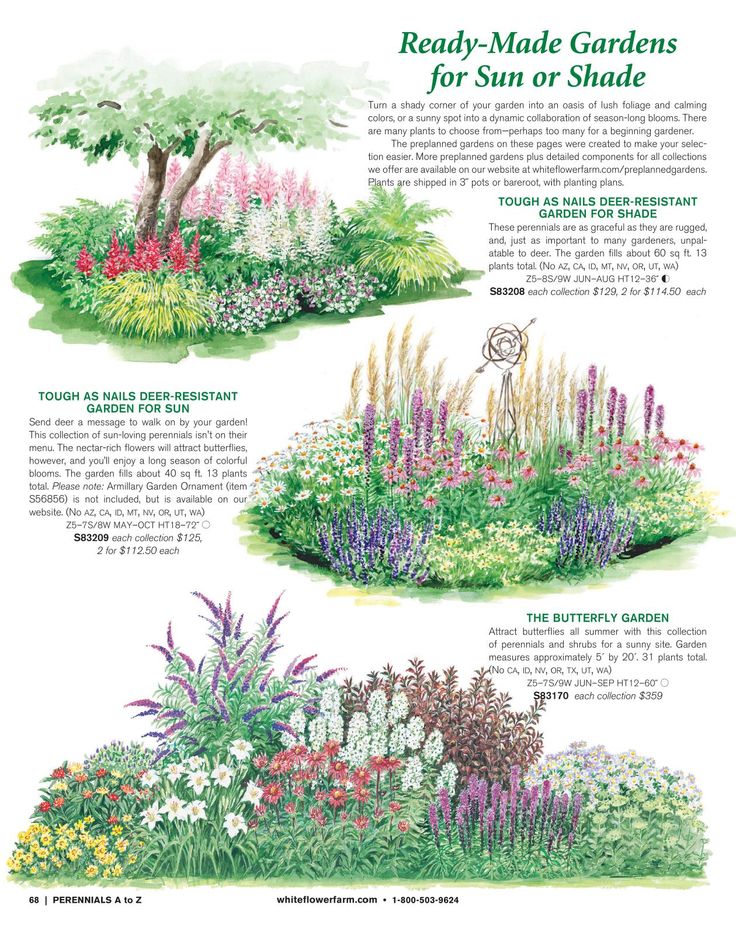 Of the perennials - asters, asclepias, echinacea and dahlias. They also like flowering shrubs such as abelia, butterfly bush, caryopsis, diervilla, and rose of sharon.
Of the perennials - asters, asclepias, echinacea and dahlias. They also like flowering shrubs such as abelia, butterfly bush, caryopsis, diervilla, and rose of sharon.
To attract butterflies to your garden, plant flowers in large rows to make it easier for insects to find them. You can also try installing a butterfly feeder with rotten fruit. It is also worth planting plants near flowers, on which butterflies can lay eggs. Most often, butterflies prefer parsley, dill, fennel, borage and euphorbia for these purposes.
Don't forget the water
Butterflies don't drink from drinking bowls, it's too deep for them. But these insects need water. Place a shallow saucer in the garden, fill it with sand or earth and constantly keep the filler moist.
Do I need to build special houses for butterflies?
Only if you like the way they look: butterflies don't need them. Butterflies rest on stones or on the bark of trees, and hibernate in tree crevices or behind the bark.
Butterflies rest on stones or on the bark of trees, and hibernate in tree crevices or behind the bark.
Butterfly garden. Photo. How to attract butterflies to your garden, making it truly magical?
Fans of watching the beautiful dances of butterflies in the air often want to attract as many of these beautiful creatures as possible to their garden, sometimes turning it into a real "butterfly garden". To achieve this, you need to know which types of plants attract butterflies and follow a few simple planting guidelines to create the perfect butterfly sanctuary for your garden. It is also important to know the characteristics of these beautiful insects. How to attract butterflies to the garden?
Photo: Plants with umbellate inflorescences are good for the "butterfly garden". Butterfly Checker and Ribbon Box »»
Location
To create a butterfly corner in your garden, choose a place that is not windy and receives six or more hours of direct sunlight
daily.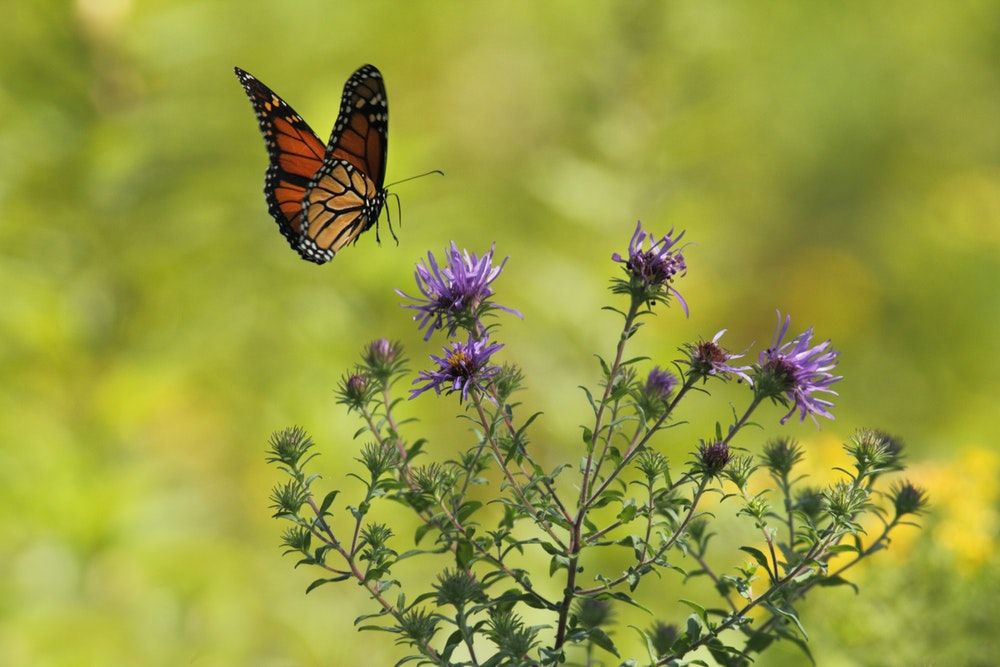 Most garden plants favored by butterflies need bright sunlight, and insects themselves are sun lovers. It is better if the shadow in the "butterfly garden" is only in the afternoon.
Most garden plants favored by butterflies need bright sunlight, and insects themselves are sun lovers. It is better if the shadow in the "butterfly garden" is only in the afternoon.
To attract butterflies to your garden, try to group plants that are attractive to them in different parts of the garden. This will provide a variety of places for the butterflies to eat. Whether you are creating a new garden or looking for suitable corners in an existing one, choose a spot that has good visibility from a porch, patio, or window. So you can enjoy the bright colors and habits of the butterflies visiting you.
In these photos, the Admiral butterfly on a blooming buddley »»
Group flowering plants together in three or more varieties to create a variety of flower beds. A group of bright flowers of a similar color will be noticed by butterflies faster than a variegated or pale one. If arranging a flower garden along a fixed object, such as a wall, be sure to place tall and short plants so that they do not overlap each other and are attractive to butterflies: tall ones near the wall, low ones in the foreground, medium ones in the middle.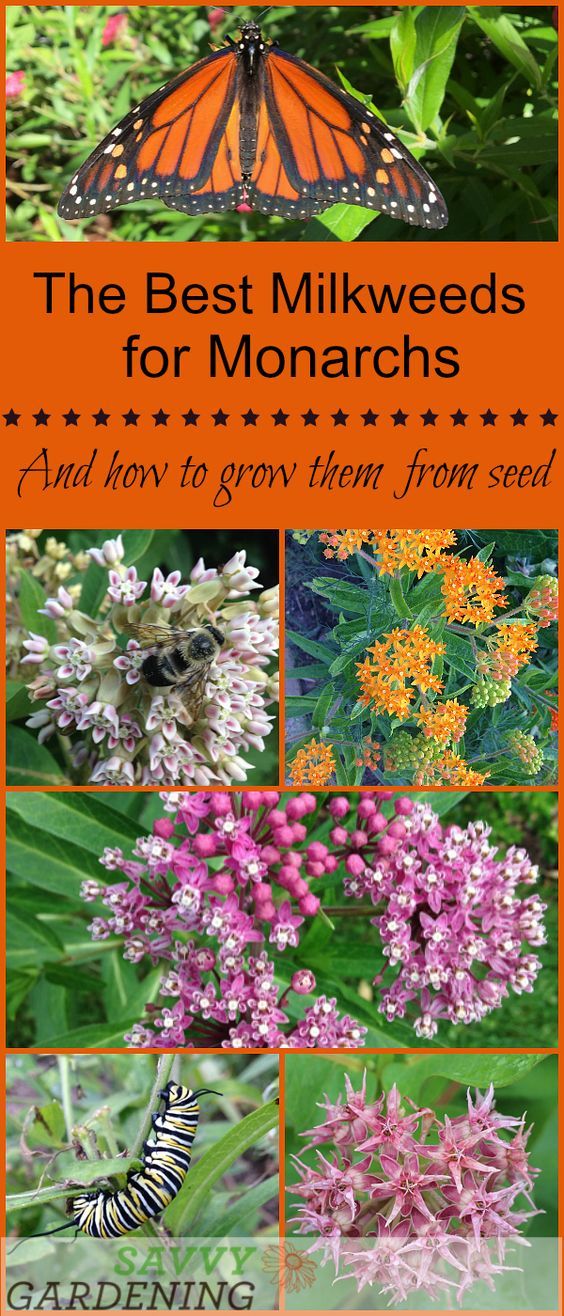 Some butterflies are attracted by forest and meadow flowers, for such species flower beds in the style of a wild meadow, which are currently relevant, will be optimal.
Some butterflies are attracted by forest and meadow flowers, for such species flower beds in the style of a wild meadow, which are currently relevant, will be optimal.
Plants that provide butterflies' favorite nectar
The nectar and pollen of flowering plants provide butterflies with food. Sometimes butterflies are selective in their choice, therefore, in order to attract butterflies to the garden, it is necessary to plant a wide variety of flowers of different flowering periods so that the delicacy in the form of nectar and pollen in the "butterfly garden" is from spring to autumn.
When choosing plants for the butterfly garden, give preference to honey plants and fragrant cultures, as well as with brightly colored petals and simple flowers or umbrella inflorescences: located on a flat surface It is easier for butterflies to get their own nectar and pollen.
Excellent suitable for the "butterfly garden" perennials echinacea, valerian officinalis, Matron's Vespers , oregano , lavender, purple vine, liatris, penstemon, sage. Among annual flowers that attract butterflies, especially marigolds , zinnias, lantana and verbena , scabiosa, various spurges and violets.
Among annual flowers that attract butterflies, especially marigolds , zinnias, lantana and verbena , scabiosa, various spurges and violets.
source nectar can also be flowering shrubs, trees, for example, spirea , hawthorn, buddleya, bird cherry. Butterflies feed on the sap of trees, so the presence of trees in a large garden "butterfly garden" is mandatory, especially that the caterpillars of some of them live there, and the crown will become a protection for butterflies in bad weather.
In these photos beautiful butterfly Peacock eye. This time she is the object of her meal I chose an annual aster with a simple flat flower and bright marigolds.
During the flowering of buddleia, a wide variety of butterflies flock to it, not without reason it is called the "butterfly bush". This plant is a prime candidate for a "butterfly garden". On the right photo, Ugolnitsa came to visit the buddley.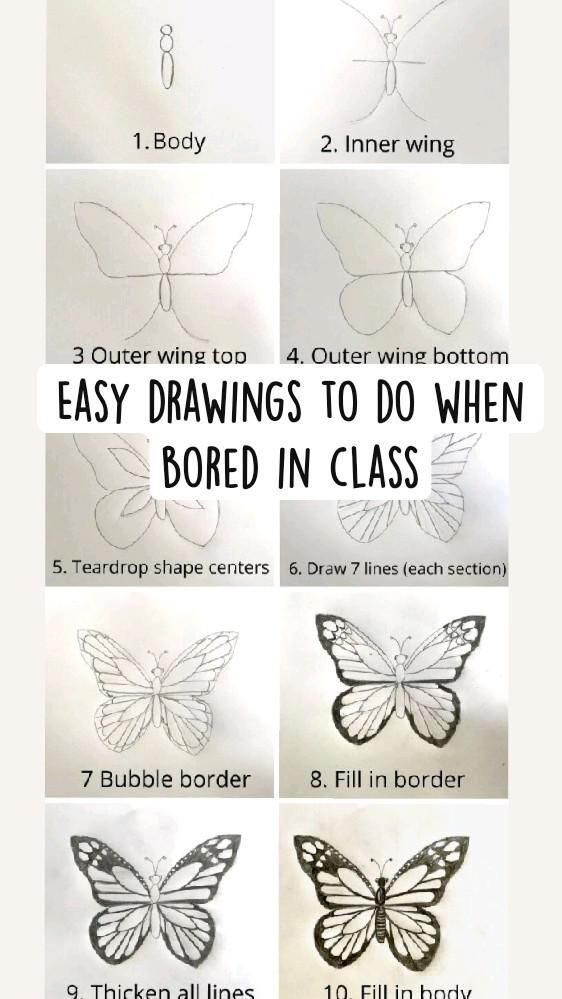 On the left photo - Urticaria, treating itself to buddleya nectar.
On the left photo - Urticaria, treating itself to buddleya nectar.
How to attract butterflies to the garden and keep them there for a long time
Everyone knows that butterflies come from caterpillars. To keep butterflies in your garden for a long time, set up a butterfly garden in the vicinity of plants, where they can lay their eggs, and the caterpillars that come out later would feed on them. Let sometimes these plants be not too attractive, because the caterpillars partially eat the leaves! This minor inconvenience is more than made up for by the usefulness of butterflies, which will pollinate many plants in your area. Nettles, hops, violets, dill, carrots, alfalfa, clover, mallow, cabbage and other cultivated and wild plants are among the favorite plants of caterpillars.
Do not use chemicals in the garden to control plant diseases and pests. This reduces the number of butterflies. But the arrangement of a warm winter home for wintering butterflies will keep them on the site until next year.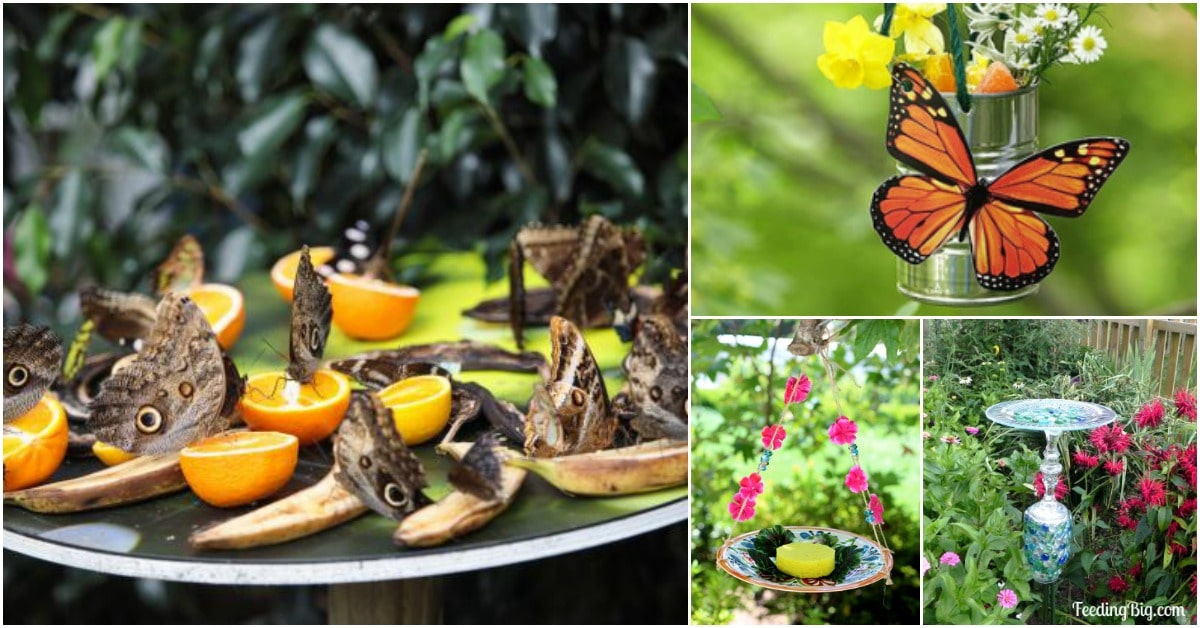 Any box that is insulated inside is suitable for this. Some of the butterflies will overwinter well in the attic or basement.
Any box that is insulated inside is suitable for this. Some of the butterflies will overwinter well in the attic or basement.
Butterfly garden arrangement
Individual elements provided in the butterfly garden can add pleasant moments to their life. A puddle or shallow pool of rocks will provide water for the butterflies, and a few extra large rocks in the middle of the garden will provide a place for the butterflies to perch to rest and bask. By the way, there you can take pictures of them if you are creating a collection of amazing shots from the life of the garden. Birdbaths can also serve as a good addition to the "butterfly garden".
Some butterflies require sodium, which is better absorbed when wet. They will gladly replenish it, settling down near a small reservoir, made of wet clay and sand.
To give the butterflies more pleasure, arrange pieces of overripe or rotten fruit in a separate dish or any container. Their sweet juice is loved by butterflies and is very nutritious. Autumn butterflies will be able to feast on them directly from the fruits that have ripened on the tree.
Autumn butterflies will be able to feast on them directly from the fruits that have ripened on the tree.
On these photo butterfly of the genus Belyanka. Moorish lawn or wild-style flower garden meadows planted with bluebells and fluttering white-winged butterflies will help you feel like you are in a blooming forest clearing, without even going outside the limits of your area.
Butterflies will fit into the natural style of the garden Checkers - clover and mouse peas are loved by them (photo).
Butterflies of central Russia
Butterflies that are common in Russia can become inhabitants of the “butterfly garden” in central Russia. The most beautiful of them Vanessa butterflies :
- Admiral . This butterfly can be observed from June to September. Her caterpillar feeds on nettles, hops, and thistles.
- Peacock eye . Wingspan up to 6 cm, you can admire it from July to autumn.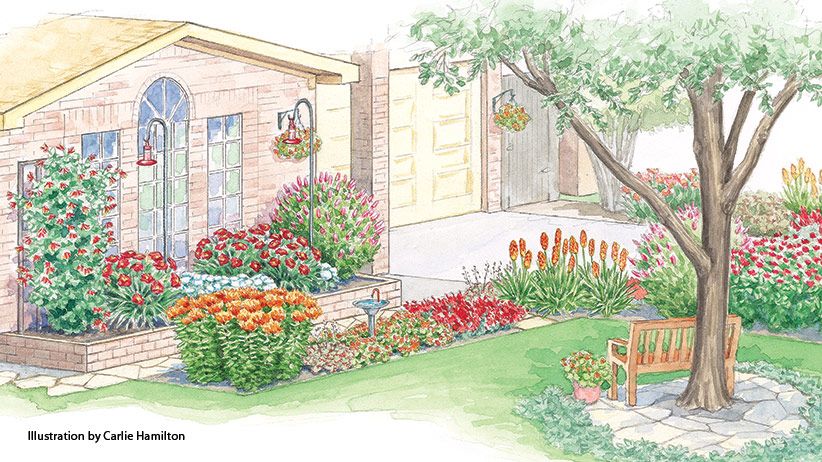 Black butterfly caterpillars live on nettles, raspberries, and hops.
Black butterfly caterpillars live on nettles, raspberries, and hops.
- Vanessa L - white . It occurs from July to late autumn, similar to urticaria. Its white caterpillar winters on aspens and willows.
- Urticaria - occurs from April to late autumn. The butterfly hibernates in attics, in basements, distinguishes red color, which attracts it. Dark caterpillars feed on nettles, sometimes hops.
- Polyflora - will decorate the butterfly garden from April to autumn. Its two-tone light-dark caterpillar winters in communities on willows and fruit trees.
- Big urticaria - similar to polyflora, but more brown in color with a white spot on the front wing at the top. It can be observed from July to late autumn. The dark blue caterpillar winters in groups on willows.
PLEASE READ: Plants for effectively masking slopes in the garden Types of flower beds: Description and photo Rutarium - amazing composition Garden ensembles in the style of American prairies
also elegant Barry
-
-
BATO BAEN It has a white spot in the form of the letter "C" on the underside of the wing, refers to wintering butterflies. The garden can be observed from April to late autumn. Its light caterpillar can be found in the summer on bushes and trees.
- Spring motley wing . Its time is June - July. Summer motley wing appears in July, in September it is no longer to be found. The bright blue caterpillar of this butterfly lives in summer on nettles.
Butterflies of the genus Belyanka are among the first to delight our eyes after winter. This is the most numerous genus of butterflies in central Russia. Caterpillars of many of them can damage cabbage plants, and hawthorn - fruit.
- 9 appear first in April0087 turnip and swede , they are in the garden until late autumn. Because of the characteristics of their caterpillars, living on turnips and rutabaga got its name.
- Cabbage appears in June and disappears in late autumn, prefers flowers of red and similar colors. Its caterpillar feeds on cabbage plants.
- In July lemongrass (jaundice) appears, it can be observed until late autumn.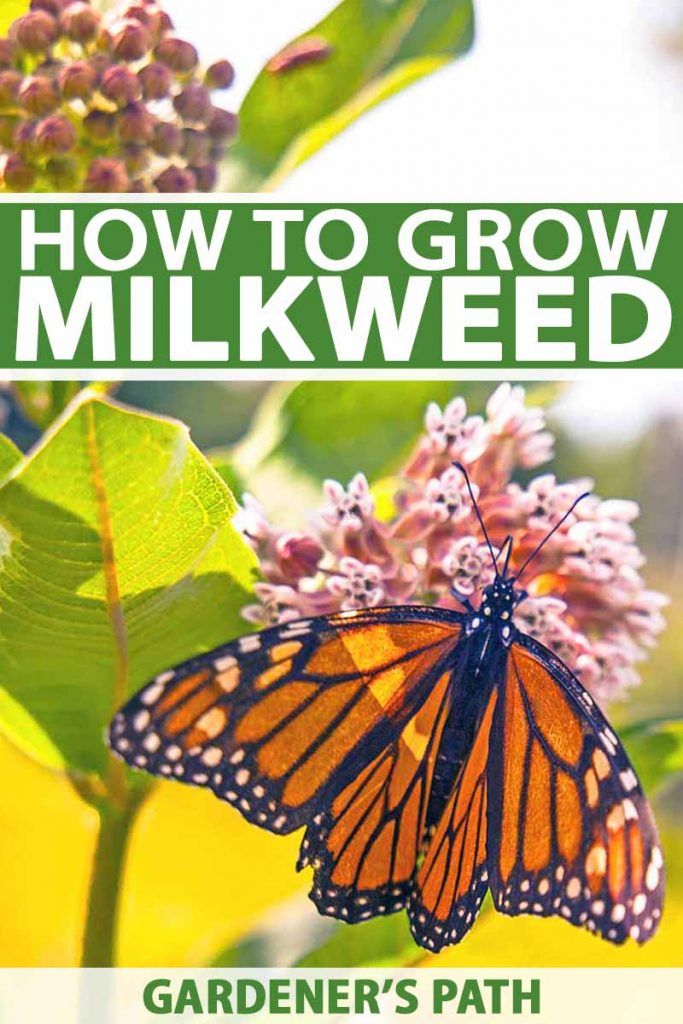 Since its caterpillars love buckthorn, another name for the genus Buckthorn.
Since its caterpillars love buckthorn, another name for the genus Buckthorn.
Various species of the genus Checkers are already visible in April, they are not found in August. These butterflies like plantain and cornflowers.
Mother-of-pearl fly in June-July, Field mother-of-pearl - from May to October, their caterpillars live on violets.
Unfortunately, some species of butterflies in central Russia are endangered and are listed in the Red Book, among them the most beautiful - swallowtails, monarchs, red admiral, it is rare to find a mourner. By creating a "butterfly garden" we will help save them on planet
Of course, the work of creating a butterfly garden will take some time, but watching extraordinary creatures circling in the air or perched on a flower is worth it. What could be more beautiful than the duet "butterflies and flowers"!
In the photo: a rare visitor to the gardens is a beautiful butterfly Swallowtail, which flew to the pollen and nectar of cosmea.